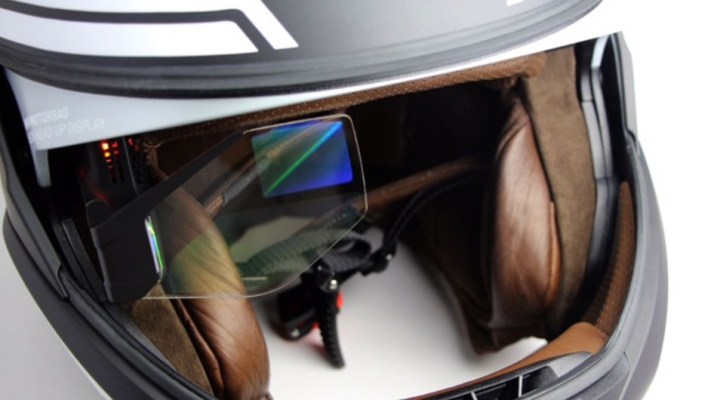The hype behind augmented reality tech has been giving a lot of display manufacturers the motivation to rethink how modern displays work.
Current optics technologies being used by HoloLens, Vuzix and Magic Leap all rely on a complicated high-end type of waveguide display technology that utilizes lenses with etched structures that capture and diffract light being projected into the edge of the glass. DigiLens is looking to revamp the process of manufacturing these lenses by printing the incredibly thin holographic optics needed for this tech in a manner that will significantly enhance the field-of-view of these displays.
This tech has captured the attention of some major companies who are looking to bring thinner higher-res transparent displays to customers.
DigiLens announced today that it has closed a $22 million round of strategic investment, bringing aboard partners including Sony, Foxconn, Continental and Panasonic, as well as venture investors Alsop Louie Partners, Bold Capital, Nautilus Venture Partners and Dolby Family Ventures.
“The use of DigiLens waveguide technology will help us develop cutting-edge lenses that are much thinner and more transparent than any smart glass on the market today,” said Hiroshi Mukawa, GM of the AR Eyeglass Program at Sony.
Diffractive optics like waveguide allow manufacturers to build thinner displays that “bend” light towards the eye based on physical distortions within the lenses, DigiLens’s technology makes the process of manufacturing these lenses quite a bit cheaper, the company claims.
“We think diffractive optics holds the key to AR, but writing millions of tiny optic structures is best done photographically, using nano self-assembly, not expensive precision etching like HoloLens. We need to break the manufacturing price barrier,” said Dr. G. Chen, CTO at Foxconn. “With DigiLens waveguide diffractive optics, they seem to have overcome most nagging technical problems and we see a very bright future for them.”
Consumer headset-based AR is several years away from heavy consumer adoption even on the most aggressive timelines, so naturally DigiLens is looking at other implementations of their technology to take advantage of what they’ve created.
One big area where the company is looking is in heads-up displays for vehicles. One of the strategic investors in this round, Continental, has already been building HUDs through a somewhat bulky projection technology. Using waveguide displays allows for wider fields of view on the windshield without the bulky setup in/on the dashboard of the car.
“We believe augmented reality HUDs will not only enhance driver safety, but also accelerate automated driving acceptance by enhancing the driver’s confidence in what the car actually sees and knows,” said Helmut Matschi, Executive Board Member and Head of the Interior Division at Continental. “The large AR-HUD display will help keep drivers safe by putting critical travel information at eye level and allowing them to see what the robot car sees.”
The team at DigiLens is also aggressively looking at displays for motorcycle helmets and has partnered with companies like BMW to show off future concepts which integrate waveguide optics for a helmet-based HUD.
While the AR space is painfully young and still needing to grow in areas outside of display tech, the companies that are working on optics are continuing to innovate at an incredibly rapid pace, allowing for better transparent displays that more accurately combine the physical and digital worlds.
